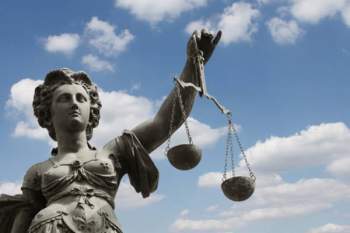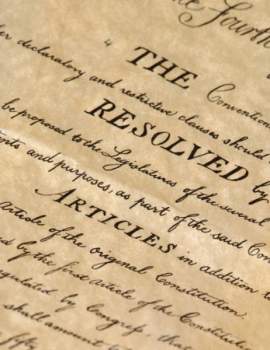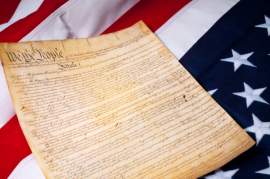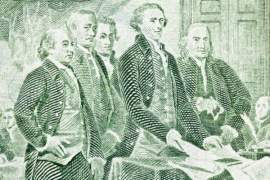
John Roberts

Popular In Constitution
Purpose Of Lifetime Appointment And Pros And Cons Enumerated Powers Bicameral Legislature Background Article 3 Of The Constitution We The People 1st Amendment Who Wrote The Constitution Judicial Review Equal Protection Clause Three Fifths Compromise 10th Amendment 5th Amendment
John Roberts is the 17th and most current Chief Justice of the United States Supreme Court. He was nominated by former president George Bush to fill this position after the passing of William Rehnquist. John G. Roberts had previously worked for William Rehnquist as a law clerk before assuming the position as Attorney General during the Reagan administration. He continued working for the Reagan Administration as well as the Bush administration in the Justice Department.
In 2003 he assumed the role as a judge for the D.C. Circuit until he was nominated to serve as Associate Justice of the Supreme Court. It was the passing of William Rehnquist that lead him to the position that he currently holds today.
Some early decisions by John Roberts included
views on the Controlled Substances Act. The case of Gonzales v. Oregon was the
first major case conducted under John Roberts’ tenure as Chief Justice. The
Supreme Court decided that the United States Attorney General had no right to
apply the Federal Controlled Substances Act to physicians who prescribed drugs
under the conditions of the Oregon State law for assisting with suicide to
individuals who were terminally ill.
In another
ruling held a couple months later, John G. Roberts wrote a decision regarding
the Rumsfeld v. Forum for Academic and Institutional Rights. Under this ruling
he declared all college institutions that accept Federal funding to allow the
recruitment of the military to be conducted on campus. This was despite the disapproval
of Clinton's Don't Ask Don't Tell policy, to which many universities objected.
John Roberts’ first dissent was during the Georgia
v. Randolph case of 2006. In this case the majority of other Supreme Court
members made the decision to prohibit police from invading and searching the
home of more than one occupant. They tried to pass a law that made it unlawful
to search the home of an occupant that consented to the search while the other
disapproved. However, John Roberts dissented to this case and criticized the
major’ty's opinion as inconsistent to prior case law.
Another major ruling under Roberts was the support of certain abortion restrictions. During the Gonzales v. Carhart ruling, the Supreme Court passed the Partial-Birth Abortion Ban Act which prohibits the termination of any late term fetus through intact dilation and extraction.
John G.
Roberts also enforces the Equal Protection Clause where he opposes schools that
assign students according to race, maintaining schools that are integrated. The
Court reviewed two cases involving the school district programs that relied on
race to decipher which schools where fit for certain children. The Court ruled
that these practices involved racial discrimination and was in violation of the
Constitution’s Equal Protection Clause.
John Roberts’ current term as Chief Justice is
under constant speculation. The current views of President Obama is said to
conflict with the beliefs of Chief Justice John Roberts. Many conclude that his
current role in the judicial system has made an impact on the administrative
effects of the Court. One of his current concerns is having the Court apply a
reverse to decreasing its public records.
NEXT: Purpose of Lifetime Appointment and Pros and Cons

















